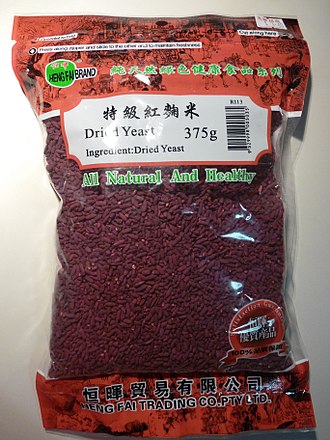TheDemonSlick
Well-Known Member
Yeah, that's a great thread. Long too! I have a thread for the batch of rice wine I'm doing, using red yeast rice and bakers yeast. I was scared of the Chinese "yeast cakes" but those guys seem to be having a lot of success with it. They have to have some molds in them... just not sure what kind. Yeast alone can't convert rice to ethanol. I think it's probably Aspergillus Oryzae.





